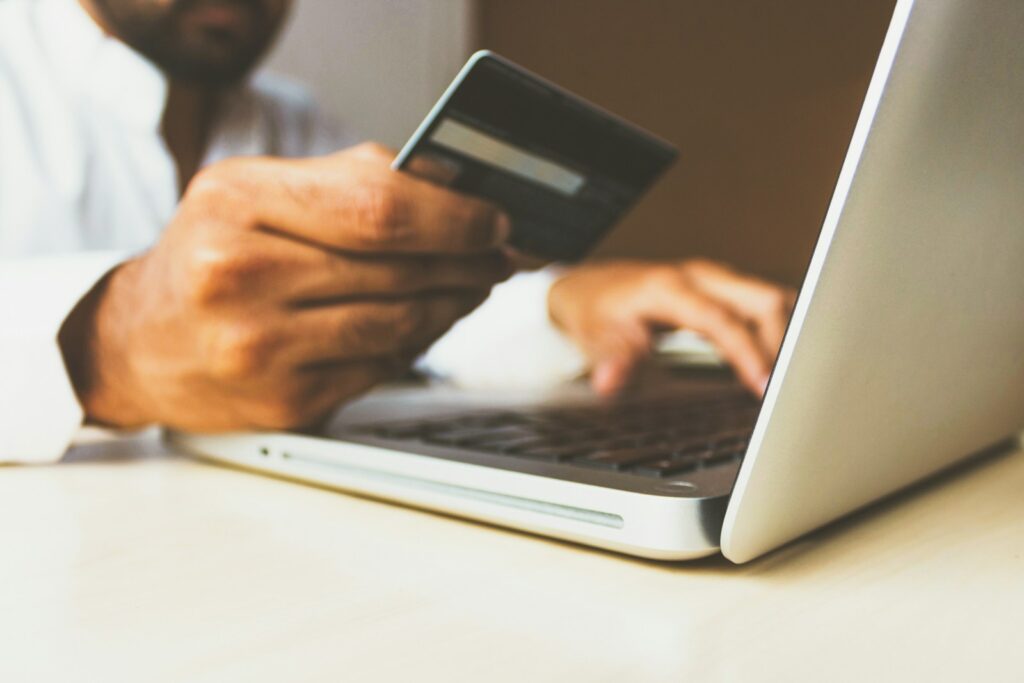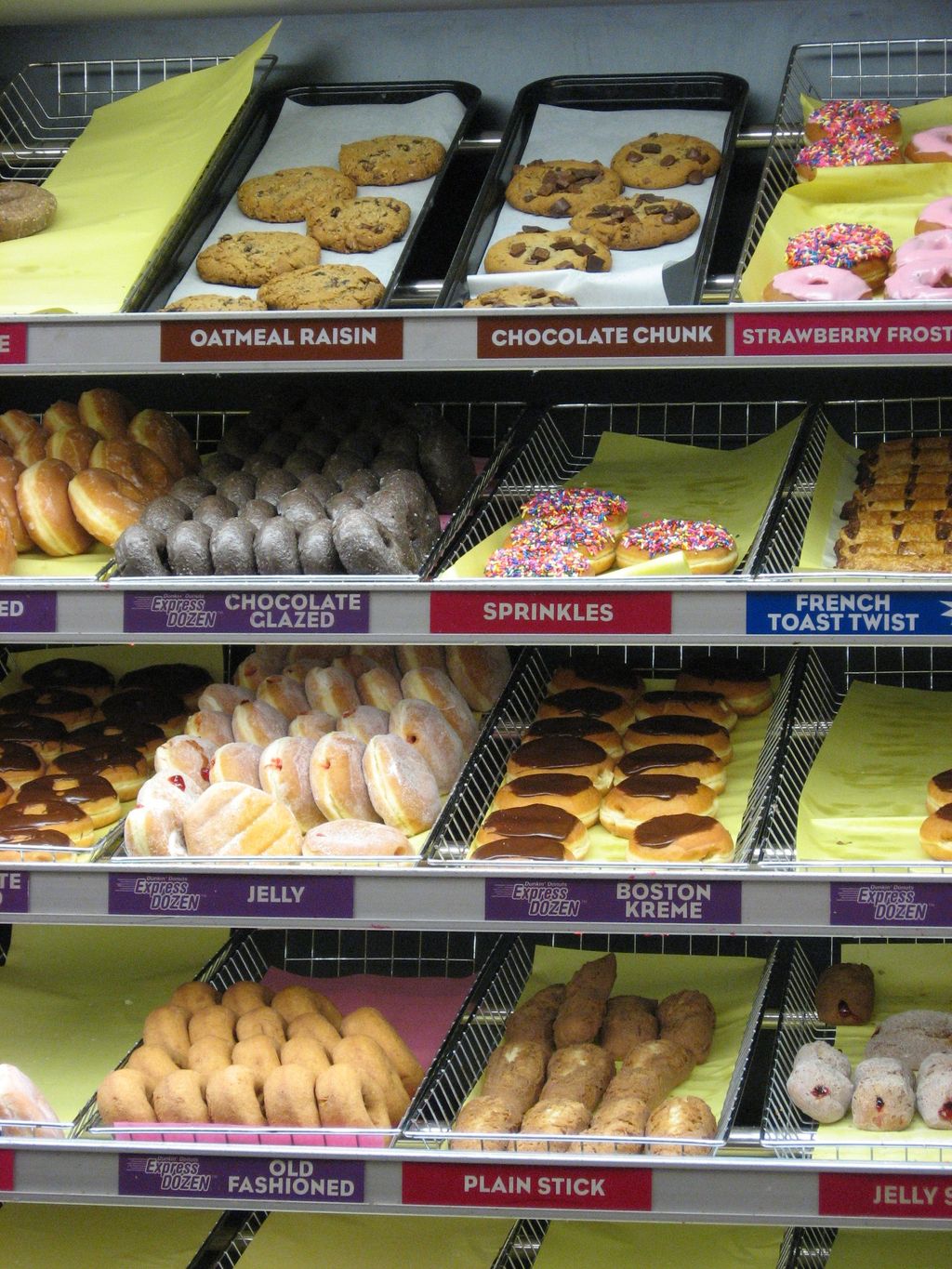
The enticing aroma of your morning coffee, the quick convenience of a takeout lunch, or the thrill of an impulse buy – these small, daily expenditures often feel insignificant. They are the little treats and conveniences we enjoy, barely registering as a dent in our budget. But what if these seemingly innocent habits are secretly sabotaging your long-term financial goals, quietly draining hundreds, or even thousands, from your potential savings each year?
Welcome to the world of the “Latte Factor,” a powerful concept popularized by financial expert David Bach. At its core, the Latte Factor isn’t really about lattes; it’s about all those tiny, daily, discretionary expenses that, when added up over time, snowball into a significant financial drain. It highlights how minor, regular purchases can limit your ability to save, invest, and ultimately, build wealth.
The good news is that recognizing your Latte Factors is the first step towards reclaiming your financial power. With a little awareness and a commitment to making intentional choices, you can identify these subtle money leaks, cut back where it makes sense, and redirect that money toward building real wealth. We’re here to help you uncover your personal Latte Factors and share actionable strategies to shift your spending habits without feeling deprived, ensuring you can enjoy life today while securing your financial freedom for tomorrow.

1. **Daily Coffee Runs**Ah, the ubiquitous daily coffee run. For many, it’s a cherished ritual, a small luxury that kickstarts the day or provides a much-needed afternoon pick-me-up. Whether it’s a $5 caramel macchiato or a $3 cold brew, these purchases often go unquestioned, woven seamlessly into the fabric of our routines. Yet, this classic Latte Factor is one of the quickest ways to see small amounts of money turn into a surprisingly large sum.
Consider Sarah, a 30-year-old marketing professional who faithfully grabs her favorite coffee on her way to work every single day. By the end of the year, those seemingly small $5 lattes accumulate to nearly $2,000. That’s a staggering amount, enough to fully fund a Roth IRA for the year, cover a significant portion of a dream vacation, or make a serious dent in high-interest debt. Rob Berger emphasizes that focusing solely on a cup of coffee might “misses the point entirely,” but it serves as an excellent, relatable entry point.
Lama Farran, a Certified Money Coach, corroborates this, noting that the average American spends almost $15 a week on coffee, which translates to a hefty $1,100 annually. This money, she points out, “could be directed toward paying down credit card debt, a student loan, or a burdensome car payment.” It’s a clear illustration that even if you believe your daily habit is cheaper than average, the cumulative effect remains substantial.
The good news is that you don’t have to completely abandon your love for coffee. Mindful spending offers a practical alternative. As Lisa, a 32-year-old graphic designer, discovered in her journey to financial control, brewing coffee at home just a few days a week can make a significant difference. By cutting back her cold brew habit to four days a week instead of seven, Lisa saved $60 a month. This small swap doesn’t require deprivation; it’s about finding a balance that supports both your daily enjoyment and your long-term financial goals.
Read more about: The 11 Best Coffee Makers Under $50: Expert-Tested Picks for Reliable Performance and Lasting Value
2. **Frequent Takeout & Dining Out**In our fast-paced lives, the siren song of convenience often leads us to frequent takeout meals and dining out. After a long day, the thought of cooking can feel overwhelming, making a quick stop for dinner or ordering delivery seem like the easiest solution. These expenses, much like coffee, are easily rationalized as necessary evils of a busy schedule, but their cumulative impact can be far more substantial than many realize.
Let’s look at Jack, a software engineer who orders lunch three times a week and dinner twice. By the month’s end, he’s spent over $300 on meals that could have been prepared at home for a fraction of the cost. This isn’t an isolated incident; Lama Farran highlights that Americans average 18.2 meals per month outside the home, resulting in an average expenditure of $232 each month on meals prepared elsewhere. This quickly adds up from office cafeteria lunches to weekend dates, becoming a significant financial drain.
The real impact of these small expenses can delay or derail major financial goals. Rob Berger notes that if you’re spending $200 a month on takeout, that’s $2,400 a year—more than double the typical recommendation for a starter emergency fund. This money could otherwise be used to pay off student loans, grow an investment portfolio, or contribute to a crucial emergency fund, providing a safety net for unexpected situations like medical bills or car repairs.
Mindful spending offers an empowering solution: meal planning. By dedicating some time to plan your meals for the week, you can embrace batch cooking or prep simple recipes, saving both time and money. Lisa’s transformation story exemplifies this; by starting to meal prep on Sundays, she successfully cut her takeout bill in half, saving an impressive $150 a month. This strategic swap proves that you don’t have to give up enjoying delicious food; you simply shift where and how it’s prepared, leading to major financial wins.
Read more about: Rethink Your Fuel Strategy: Why Maximizing Credit Card Rewards at the Pump Is a Smart Move for Every Driver

3. **Unused Subscription Services**In the digital age, subscription services have become an omnipresent part of our lives, promising endless entertainment, enhanced productivity, and convenient deliveries. From streaming platforms to fitness apps, online courses, and monthly subscription boxes, the options are vast and alluring. However, the ease of signing up for “free trials” or recurring monthly payments often leads to a common Latte Factor: paying for services we barely use or, worse, have completely forgotten about.
Maria’s experience is a perfect illustration. She realized she was paying $15 a month for a streaming service she hadn’t watched in six months. That’s $180 a year simply vanishing from her wallet, money that could have been put to much better use. When you multiply this by a few forgotten subscriptions—perhaps an old gym membership, a music service you no longer use, or a news app whose content you rarely read—the total can easily climb to $500 or more annually, silently chipping away at your budget.
Lama Farran extends this concept to “unused utility services,” asking pertinent questions like, “Are you watching all the cable channels you are currently paying for? When was the last time you used the 3-way calling or the call-forwarding options on your home phone?” These questions highlight how we often pay for features or packages we don’t fully utilize, simply out of habit or lack of awareness. A quick review of your bills and a phone call to your service provider could reveal unexpected savings, as many providers offer specials or options to decrease your bill.
The actionable strategy here is to conduct a thorough inventory of all your recurring subscriptions and utility services. Ask yourself honestly: “Am I really using this? Does it bring me joy or significant value?” As part of her financial turnaround, Lisa canceled two streaming services she rarely watched, saving an immediate $20 a month. By setting a budget for the services you truly value and canceling the ones that no longer serve you, you reclaim those dollars, transforming wasted money into purposeful savings and embracing the power of efficiency.
Read more about: Mark Cuban’s Ultimate Playbook: 15 Timeless Tips to Fortify Your Retirement Against Financial Disaster
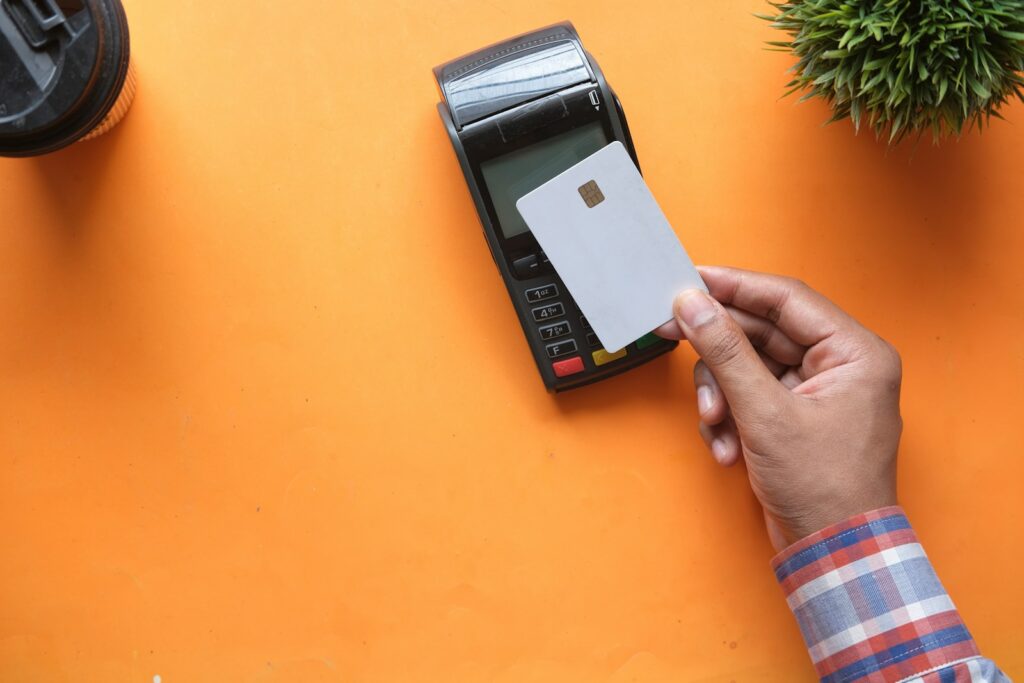
4. **Impulse Buys (General)**We’ve all been there: standing in the checkout line, and a strategically placed item—a glittering magazine, a tempting candy bar, or a convenient water bottle—catches our eye. “It’s only a few bucks,” we rationalize, adding it to our cart without a second thought. These seemingly trivial “impulse buys” might appear harmless in isolation, but they are classic Latte Factors, representing unplanned spending that can quickly accumulate and undermine our financial goals.
Mike, a 25-year-old retail manager, learned this lesson firsthand. He realized he was spending $50 a month on snacks and trinkets during his daily grocery store runs. Over the course of a year, that adds up to $600—money he could have easily redirected to an emergency fund, making his financial safety net more robust. This kind of spending often falls into the category of “stuff that doesn’t make us happy,” as Rob Berger suggests, providing immediate gratification but no lasting joy.
The challenge with impulse buys is their psychological nature; they tap into our immediate desires and often bypass rational decision-making. We might feel a momentary high from the purchase, but it quickly fades, leaving us with an item we didn’t truly need and a lighter wallet. Lama Farran’s general observation about people being “unaware of how much money they spend—not so much in the large purchases, but in the small things we spend money on every day” perfectly encapsulates the hidden danger of frequent impulse buys.
To combat this Latte Factor, the key is mindfulness and preparation. Before you shop, make a list and stick to it. When you’re at the checkout, consciously pause and ask yourself if the item is truly necessary or if it’s an impulse. Rob Berger suggests an “experiment” to shun ‘lattes’ for 21 days, and the same principle applies here: you might find you don’t miss those impulse purchases at all. By cultivating a habit of intentional shopping, you empower yourself to bypass those fleeting desires and keep your hard-earned money focused on your bigger financial aspirations.
5. **Online Shopping Spree (Amazon Focus)**The digital marketplace, with its boundless convenience and seemingly endless array of products, has introduced a new frontier for Latte Factors: the online shopping spree. Platforms like Amazon, with their one-click purchasing and personalized recommendations, make it incredibly easy to succumb to small, frequent purchases that individually seem insignificant but collectively create a substantial drain on finances.
A friend of Lama Farran’s shared a telling anecdote, revealing he was “shocked to discover he had spent $11,000 over the past 4 years on Amazon.” While this total included some larger items like a laptop, “the vast majority of his total bill had been spent purchasing items in the $10-$20 range.” This scenario perfectly illustrates the “Latte Factor®” in action: “These online purchases seemed small and insignificant individually. But over time, these impulse buys added up to a very significant number.”
The insidious nature of online shopping is that it often feels less like “real” spending than using physical cash. With credit cards automatically linked and a seemingly endless inventory at our fingertips, the barrier to purchase is remarkably low. This environment fosters habitual, unthinking spending, making it difficult to track and control. It’s not just about what you buy, but the sheer volume and frequency of these small, digital transactions.
Conquering this Latte Factor requires a proactive approach. Start by regularly reviewing your online purchase history, much like Lama Farran’s friend did, to gain a clear understanding of where your money is going. Before making a small purchase, pause and consider if it’s truly a need or just a want. Implement a “cooling-off period”—add items to your cart but wait 24 hours before completing the purchase. This simple step can help you differentiate between genuine needs and fleeting desires, transforming your online shopping habits from a money leak into a tool for intentional spending.
Continuing our journey to identify and conquer the ‘Latte Factor,’ we now turn our attention to five more subtle yet equally impactful money leaks. These are areas where your hard-earned cash might be quietly slipping away, often unnoticed, but with a cumulative effect that can significantly hinder your progress towards financial freedom. By understanding these often-overlooked expenditures and implementing smart, actionable swaps, you’ll be well on your way to saving a significant $100 a week, transforming hidden leaks into powerful savings and achieving greater control over your financial destiny.

6. **The Cost of Physical Books and Magazines**For many, the simple pleasure of curling up with a new book or flipping through the glossy pages of a magazine is an essential part of unwinding. Whether it’s that thrilling new release at the bookstore, a celebrity gossip magazine grabbed at the checkout, or a subscription to a niche publication, these purchases often feel like small, justifiable treats. Each individual transaction might only cost $10 or $20, barely registering as a blip on your financial radar in the moment, but for frequent readers, these small sums quickly accumulate.
Lama Farran, a Certified Money Coach, highlights this often-overlooked expenditure, observing that while reading is important, many don’t realize “how much of their money is being spent on books and magazines.” She points out that “book purchases are often small in nature, but if consistent, they add up.” Farran has witnessed how “readers who complete this tracking exercise are surprised how much of their income is spent there,” revealing a hidden drain on their finances.
The empowering news is that indulging your love for reading doesn’t necessitate draining your wallet. There are numerous cost-effective, and often entirely free, alternatives readily available. As Farran astutely advises, “We are fortunate to live in a country where almost all communities have their own public libraries.” These invaluable community resources offer an expansive collection of physical books, current magazines, audiobooks, and even digital e-books, all accessible without spending a single dollar. Utilizing your local library is a powerful and intelligent swap that allows you to continually explore new literary worlds while keeping your budget intact.
Beyond the public library, consider actively cultivating a lending circle or book exchange with friends, family, or colleagues who share your reading interests. By creating a system where you regularly swap and borrow books, you can significantly reduce your need to purchase new titles. This practical approach not only fosters a sense of community and shared enjoyment but also promotes sustainable consumption habits. Embrace these simple, actionable strategies to keep your mind stimulated and your personal finances robust.
Read more about: Beyond the Limelight: 14 Inspiring Celebrities Who Are Redefining Fame Through Powerful Philanthropy

7. **Unused Utility Package Features**Think about your monthly utility bills. You likely pay for internet, perhaps cable television, and maybe even a traditional home phone line. Once these services are set up, it’s all too common to fall into a routine of blindly paying the bill, month after month, without a second thought. This “set-it-and-forget-it” mentality, while convenient, is a prime breeding ground for a particularly insidious ‘Latte Factor’: paying for “unused utility package features” that you simply don’t need or actively utilize.
This isn’t just about general subscriptions; it drills down into the specific components of your essential household services. Lama Farran, ever the insightful money coach, challenges us with pointed questions: “Are you watching all the cable channels you are currently paying for? When was the last time you used the 3-way calling or the call-forwarding options on your home phone?” These inquiries are incredibly relevant, highlighting how antiquated bundles or legacy features often inflate our bills without delivering proportional, or any, real value.
The solution to plugging this hidden money leak is remarkably straightforward and puts the power back in your hands: proactive review and assertive negotiation. Dedicate some time to meticulously examine your utility bills each month. Go line by line, identifying every service and feature, and then honestly assess whether you actively use and benefit from each one. You might be surprised to uncover several components that are no longer relevant to your lifestyle or usage patterns.
Once you’ve identified these unutilized features, don’t hesitate to reach out to your service providers. Call them directly and inquire “what specials they currently have or what they can do to help decrease your bill.” Many providers, keen on customer retention, are often willing to offer reduced rates, suggest alternative, leaner packages, or even remove specific unused features. Lama Farran confidently states that “you may be pleasantly surprised how much a 10-minute phone call will save you,” transforming passive spending into intentional financial management.
Read more about: The 14 Essential Tips That Can Save You Over $700 on Your Next Internet Bill This Year
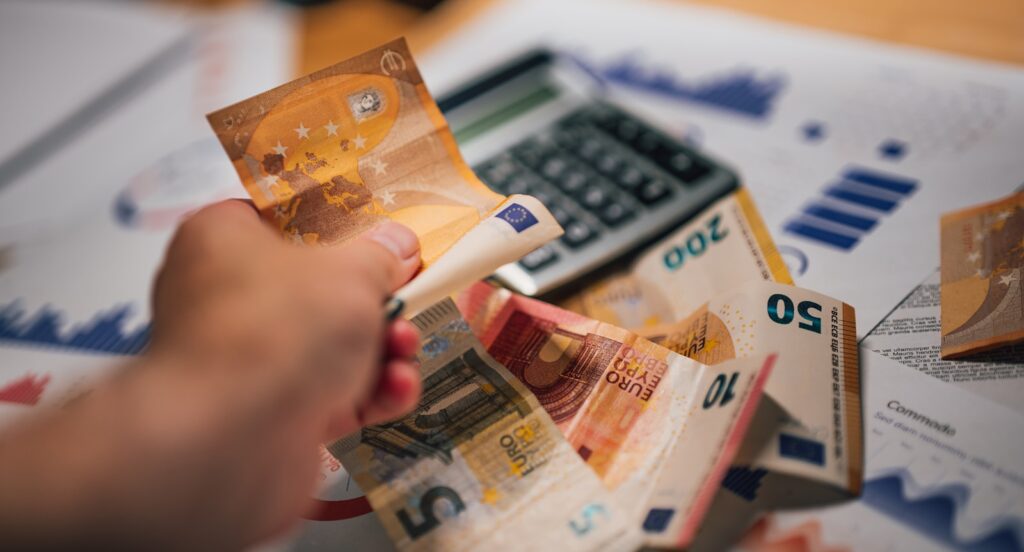
8. **Avoidable Banking Fees**For many, banking fees are an accepted, albeit frustrating, part of managing money. They can feel like unavoidable taxes levied by financial institutions. However, a significant portion of these charges falls under the umbrella of “avoidable banking fees”—a cunning ‘Latte Factor’ that silently chips away at your hard-earned savings. These fees, ranging from monthly service charges to unexpected overdraft penalties and pesky ATM surcharges, might seem minor in isolation but quietly accumulate into a substantial annual sum, particularly if you’re not vigilant in monitoring your accounts.
One of the most frequent culprits is maintaining an unsuitable banking plan for your actual usage. If your account plan requires a minimum balance that you don’t consistently meet, or if it charges per-transaction fees for debit card swipes that you frequently exceed, you’re essentially paying for services you could obtain for free elsewhere. Overdraft fees are another major drain, often a hefty, punitive charge for a minor miscalculation in your balance.
Lama Farran underscores the hidden impact of these charges, noting that “you can quickly rack up $20 or more of additional fees each month if your banking plan is not the right fit, or if you consistently avoid walking one more block to withdraw money from your own bank’s ATM.” That seemingly minor convenience of using an out-of-network ATM, costing $3 to $5 per transaction, can quickly add up to $30, $50, or even more, in avoidable costs over the course of a month. Annually, this leakage can easily surpass $500.
The proactive approach to combat these hidden banking fees is robust account management and diligent review. “Take the time to review your bank statement each month looking for inconsistencies. When you do, make a special note of Bank Charge line items.” If you consistently find yourself incurring fees, it’s a clear signal to explore better-suited alternatives. This might involve switching to a different account type within your current bank, or even migrating to a new financial institution that offers no-fee checking, ultimately freeing up more money for your financial goals.
Read more about: Unlock the Vault: 15 Insider Secrets Car Journalists Swear By to Bag the Absolute Best New Car Deals from Dealers This October

9. **Digital Entertainment Purchases (iTunes/Apps)**In our hyper-connected world, the smartphone or tablet in your hand isn’t just a communication device; it’s a vibrant gateway to an endless universe of convenience and entertainment. Yet, this digital accessibility also presents a particularly fertile ground for subtle ‘Latte Factors’ to emerge, primarily through “digital entertainment purchases.” With credit cards seamlessly linked to app stores like iTunes, Google Play, or other online marketplaces, the friction traditionally associated with spending money has been dramatically reduced. A mere tap of the “Buy it Now” button can initiate a steady stream of small, seemingly insignificant purchases that, collectively, inflate your monthly expenditure.
It often begins innocently enough. Perhaps it’s that catchy new ringtone you “really, really want,” a newly released single from your favorite artist, or a promising new app. Each individual item might only cost $0.99, $1.29, or a few dollars more. However, the sheer frequency and accumulating volume of these micro-transactions can be astonishingly high. This unparalleled ease of purchase, combined with the often-invisible nature of digital spending compared to handling physical cash, makes it incredibly simple for these small outlays to become a substantial, untracked money leak.
The sheer scale of this phenomenon is staggering. The context reveals that “smartphone users spend $25 billion on mobile apps” annually. Beyond the direct financial cost, it’s also worth noting the significant time investment, with individuals spending “over 2 hours every day using them.” While there’s no denying that some apps and digital content genuinely enhance our lives, many purchases are often impulse-driven, fueled by fleeting desires rather than a genuine need or a source of long-term enjoyment.
To effectively curb this pervasive digital ‘Latte Factor,’ a simple yet remarkably effective strategy involves introducing a deliberate layer of friction into your purchasing process. Instead of succumbing to the convenience of one-click buying, consider establishing a dedicated monthly budget for digital entertainment and committing rigorously to staying within its limits. Temporarily unlink your credit card from these stores or configure your device to require a password for every purchase. This small, intentional extra step provides a crucial moment of pause, helping you save significant amounts over time.
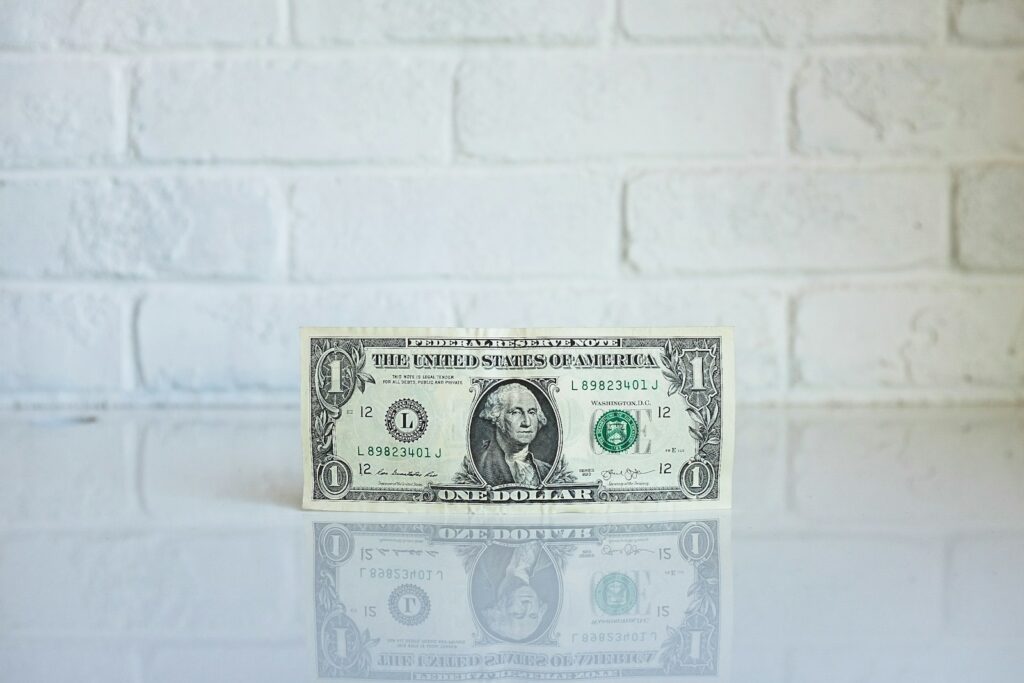
10. **The Illusion of Lottery Tickets**When faced with financial pressures and the pervasive anxieties that often accompany them, the siren call of a lottery ticket can feel incredibly compelling. For the minimal outlay of $2 or $5, it offers a powerful, albeit brief, “glimpse of hope”—a captivating fantasy where “life worries will suddenly vanish and our dream of living a debt-free life will finally come true.” This profound psychological draw transforms lottery tickets into a potent ‘Latte Factor,’ leading individuals, particularly those often struggling the most, to regularly invest small sums into a dream with statistically improbable odds.
The sobering truth, as clearly articulated by Certified Money Coach Lama Farran, is that the profound hope offered by a lottery ticket “is simply an illusion.” While the tantalizing prospect of a life-altering jackpot is undeniably captivating, the stark reality is that the odds of winning are overwhelmingly stacked against the player. Each ticket purchased represents not a shrewd investment in a brighter future, but rather a small, yet consistent, drain on present financial resources that could otherwise be diligently directed towards tangible, proven wealth-building activities.
Consider the often-underestimated cumulative effect of these seemingly minor expenditures. Even if you limit yourself to buying just two $2 lottery tickets each week, that translates to $4 spent weekly. Over the course of a single year, this modest habit silently accumulates to a total of $208. While this figure might not immediately strike you as enormous, imagine the tangible impact if you were to redirect that very same $208 into a dedicated emergency fund, or strategically apply it towards chipping away at high-interest credit card debt.
The empowering and profoundly more effective alternative is to consciously invest those ‘lottery dollars’ into your actual, attainable financial future, rather than clinging to a mere fantasy. As Farran wisely advises, “Hopes of a better life cannot be bought with $2 or $5. It’s something you consciously work towards, every day.” Instead of relying on a distant, unlikely chance, make the deliberate choice to allocate those recurrent small sums to a high-yield savings account, a diversified investment vehicle, or directly towards the accelerated repayment of burdensome debts.
***
Read more about: The ‘Free’ Test Drive Illusion: Unmasking 14 Hidden Costs Dealers Don’t Want You to Know When Buying a Car
By now, you’ve unlocked the secrets behind ten common ‘Latte Factors,’ those seemingly small expenses that silently erode your financial potential. From daily coffees and takeout meals to forgotten subscriptions, impulse buys, digital entertainment, books, banking fees, and the tempting illusion of lottery tickets – each represents an undeniable opportunity to reclaim your money and powerfully redirect it toward a brighter, more secure financial future. The journey to saving $100 a week isn’t about rigid deprivation or sacrificing all enjoyment; it’s fundamentally about cultivating mindful awareness and making intentional choices that align harmoniously with your long-term financial aspirations. Every dollar you consciously choose to save and strategically reallocate is a powerful vote for your financial freedom, diligently building a stronger, more resilient foundation for the life you truly want to live. Start implementing these smart swaps today, and you’ll soon witness your savings blossom, steadily propelling you towards genuine financial peace of mind and lasting prosperity.


